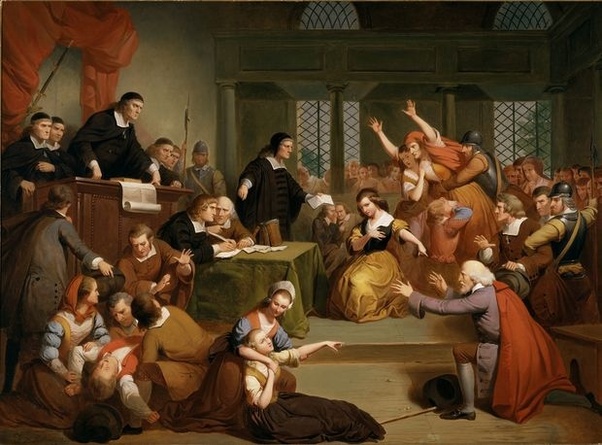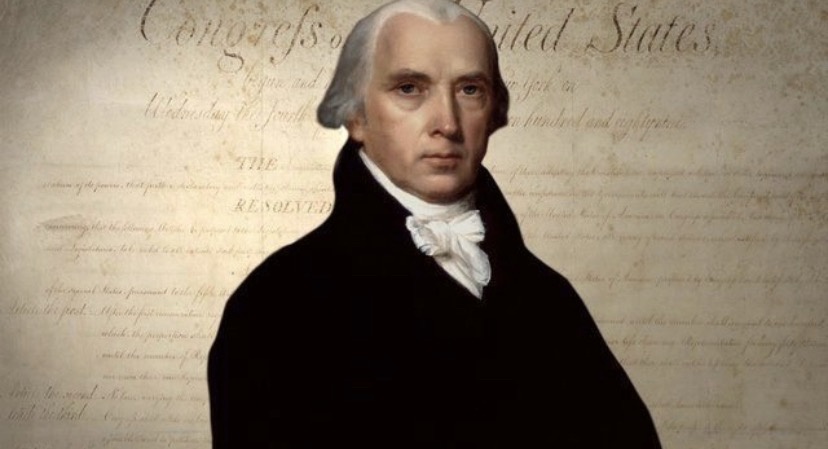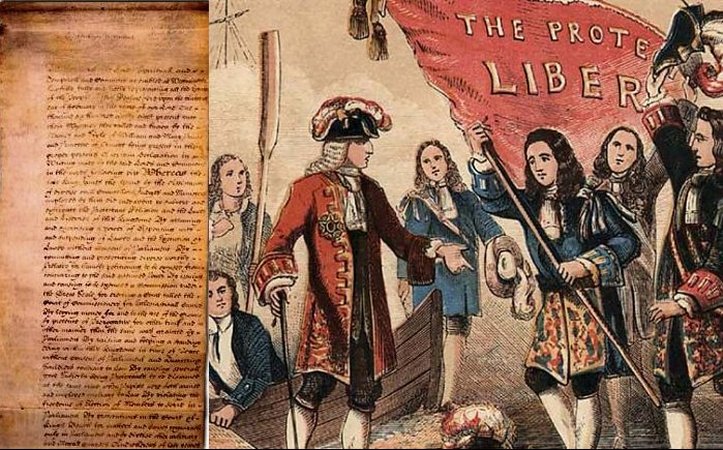
King Philip’s War and the Salem Witch Trials were only about twenty-five years apart, and the war inflicted more damage than the trials on the physical existence of New England. Yet the trials are much more famous today. I suggest there are two main reasons for the difference in historical remembrance.
First, Indian wars were not uncommon in colonial America, and indeed Indian wars continued well into the national period; the last were fought late in the nineteenth century. There is nothing unique about a war between the whites and the Indians.
On the other hand, the Salem witch trials were by far the largest proceeding of their type in American history. Nineteen totally innocent people were hanged and five others died in custody before the hysteria subsided. The episode was unique, and quite different in that respect from Indian wars.
Furthermore, the episode was recognized very quickly as a miscarriage of justice, and greatly strengthened the support for improvements in the legal system. The court in Salem Village allowed “spectral evidence,” or claims by witnesses that the accused had appeared to them in dreams or visions and done them harm. A new court was established which did not allow spectral evidence, and the the cases began to collapse.
Perhaps the worst abuse was that the accused were not allowed counsel. They could call witnesses, but had no legal guidance, while the judges were advised by ministers and aided by books from England. It may well be that the Salem tragedies served as proof that defendants should be allowed counsel. In another famous colonial incident about eighty years later, a British officer and his soldiers had very capable counsel in the Boston Massacre trials. (Although the right to have counsel, even if the defendant can’t pay for it, was not definitely established for another two hundred years.)
It also seems that King Philip’s War had significant impact on the development of a colonial identity for the white inhabitants, separate from that of Englishmen actually living in England, especially since they fought the war without any help from the faraway mother country. It should also be noted that while King Philip’s War is nearly forgotten today, it was quite well known to previous generations of Americans. But the witch trials have a far more lurid reputation now and thus stand out in American historical memory.



